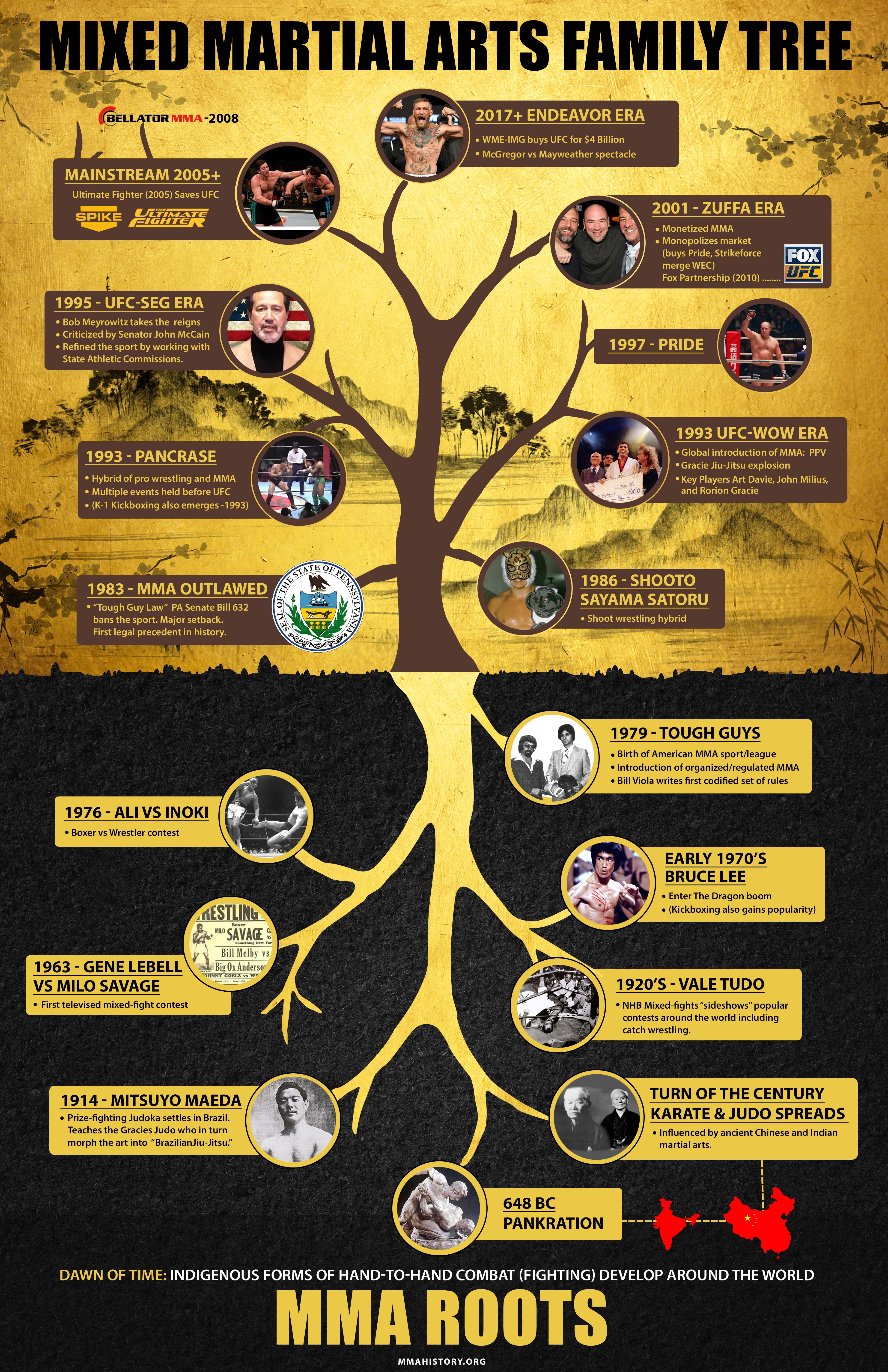The Worldwide History And Change Of Martial Arts
The Worldwide History And Change Of Martial Arts
Blog Article
Posted By-Chu Silverman
Martial arts have a remarkable background that covers centuries and continents. You may locate it intriguing just how ancient practices like Shuai Jiao and Kalaripayattu laid the groundwork for contemporary combat strategies. These techniques not only highlight physical skills yet additionally mirror the cultures that birthed them. As you discover their development, think about just how globalization has actually changed these typical forms into crossbreed styles. What influences do you assume have formed today's martial arts landscape?
Ancient Martial arts: The Structures of Combat
As you delve into the world of ancient martial arts, you'll uncover the rich foundations that shaped fight methods across cultures. Early techniques concentrated on Self-Defense and survival, frequently including strikes, grappling, and weaponry.
In japanese martial art crossword , for instance, techniques like Shuai Jiao highlighted throws and joint locks, while India's Kalaripayattu showcased agility and liquid activity. Japanese samurai established Kenjutsu, a refined swordsmanship that highlighted discipline and technique.
These martial arts served not just for battle but likewise as a way of personal development, instilling values like respect and perseverance. The mixing of these strategies gradually prepared for the diverse martial arts you see today, each mirroring the distinct philosophies and requirements of its culture.
The Social Impact on Martial Arts Growth
While martial arts frequently mirror the functional needs of a society, they also symbolize the social worths and beliefs of their origins. When you discover different martial arts, you'll observe just how they're affected by religious beliefs, philosophy, and social standards.
As an example, the emphasis on respect and self-control in Japanese martial arts stems from Zen Buddhism and samurai culture. In contrast, Brazilian Jiu-Jitsu advertises flexibility and approach, formed by the demand for effectiveness in a varied, modern environment.
You could find that the routines, uniforms, and training methods reflect a community's history and identity. By recognizing these social influences, you grow your appreciation of martial arts and their role fit human experiences across the globe.
Modern Adaptations and the Globalization of Martial arts
Martial arts have actually transformed considerably in recent years, adjusting to modern culture and worldwide impacts. mouse click the next article 'll notice that conventional forms have mixed with contemporary methods, developing hybrid styles like mixed martial arts. These adjustments accommodate diverse audiences, making martial arts easily accessible and enticing globally.
With the rise of social media sites and electronic systems, you can find tutorials and competitors from all corners of the globe, breaking geographical obstacles. This globalization has actually caused a common appreciation for different techniques, from Brazilian Jiu-Jitsu to Taekwondo.
As you involve with these arts, you'll understand they're not nearly combat; they promote physical fitness, technique, and psychological health.
Ultimately, modern adjustments have actually enriched the martial arts landscape, making it a vibrant and advancing method.
Verdict
In discovering the background and evolution of martial arts, you discover a remarkable mix of strategies, societies, and philosophies. From ancient self-controls like Shuai Jiao and Kalaripayattu to the modern-day versatility seen in MMA, martial arts mirror humanity's mission for Self-Defense and personal growth. As you involve with these techniques, you not only obtain skills however additionally a much deeper gratitude for the diverse practices that form our world today. So, proceed your journey and welcome the art of fight!
